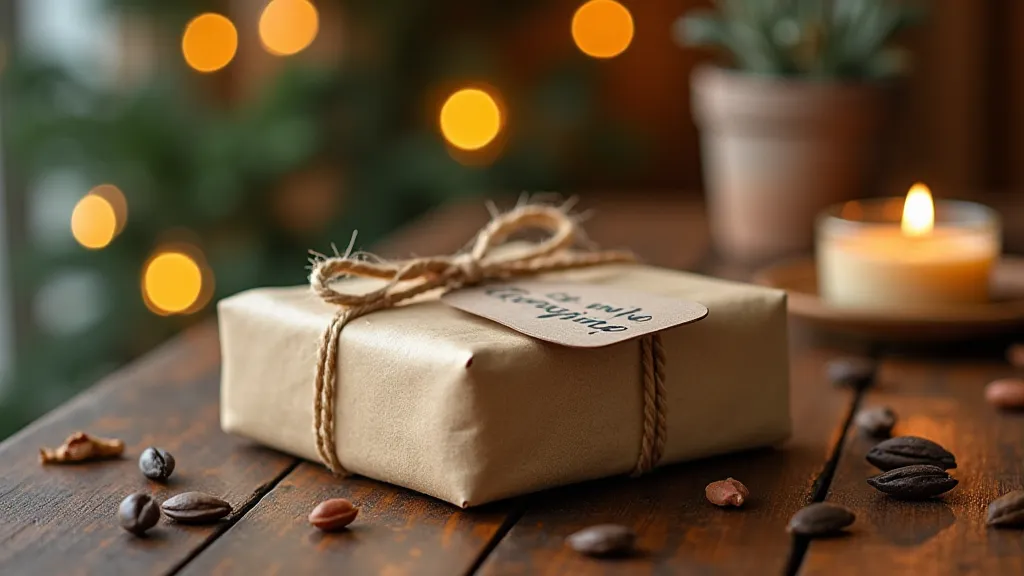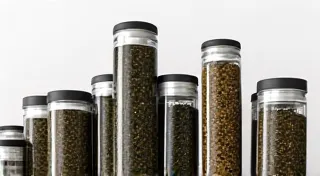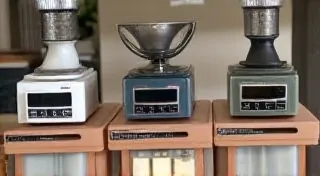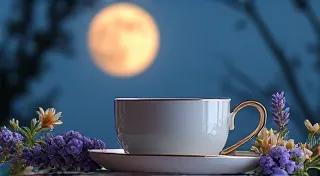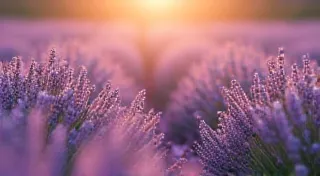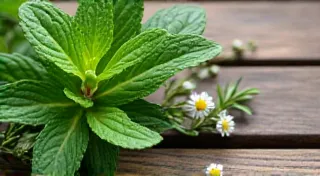Creating a Custom Tea Blend for Gifting
Giving a gift that's truly personal is one of the greatest pleasures. Mass-produced items are lovely, but there's something incredibly special about a gift that shows you’re putting extra thought and effort into it. And what’s more thoughtful than a custom-blended tea, tailored to the recipient’s tastes? This guide will walk you through creating artisan tea blends specifically designed for gifting, offering a unique and memorable experience for your loved ones. Whether you're crafting for a tea enthusiast or introducing someone new to the world of herbal infusions, blending your own tea is a beautiful way to show you care.
Understanding Your Recipient’s Preferences
Before you even begin rummaging through your tea stash, consider the person you’re gifting to. What flavors do they usually enjoy? Think beyond just “tea.” Do they love floral scents? Sweet treats? Spicy foods? This will guide your ingredient choices. Here's a breakdown to help you profile your gift recipient:
- The Relaxer: Someone who enjoys calming and stress-relieving experiences. Think chamomile, lavender, lemon balm, and rooibos.
- The Energizer: For those who need a boost in the morning or an afternoon pick-me-up. Consider black tea, yerba mate, or green tea with hints of citrus or ginger.
- The Adventurer: Someone who enjoys trying new and exciting flavors. Branch out with unusual herbs and spices like hibiscus, rosehips, or cardamom.
- The Soother: For individuals experiencing illness or discomfort. Ginger, peppermint, and echinacea are excellent choices.
- The Traditionalist: People who prefer familiar and comforting tastes. Blend with classic black tea, Earl Grey, or English Breakfast as a base.
Don't be afraid to ask subtly! "What's your favorite dessert?" or "What kind of smells do you find relaxing?" can provide valuable clues.
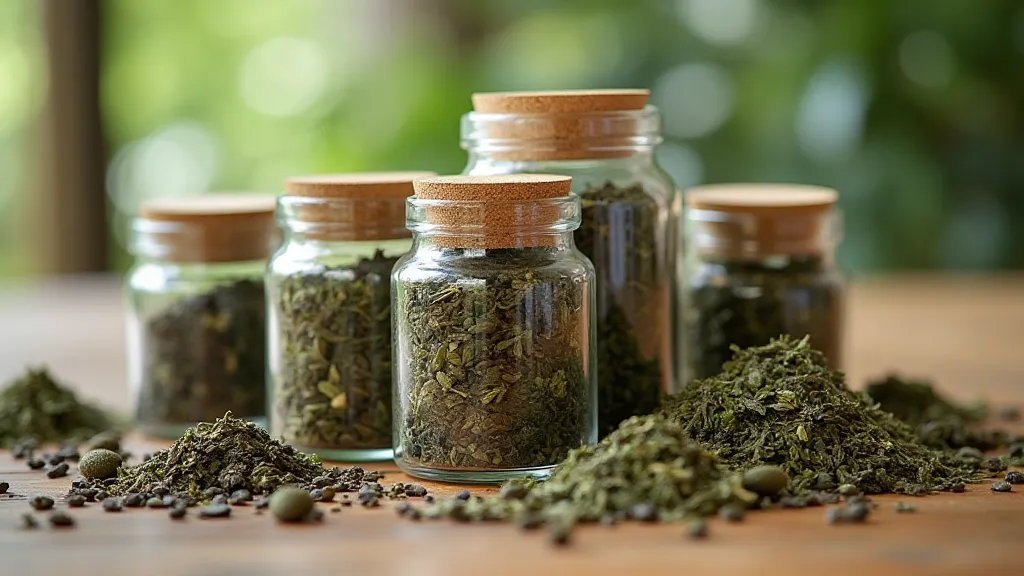
Choosing Your Base Tea
Every good tea blend starts with a base. This forms the bulk of the blend and sets the overall character. Common bases include:
- Black Tea: Robust and full-bodied. Works well with fruits, spices, and chocolate.
- Green Tea: Lighter and more delicate. Pairs well with citrus, floral notes, and subtle fruits.
- White Tea: The most delicate of the teas. Needs carefully chosen, complementary ingredients.
- Oolong Tea: Offers a complex range of flavors depending on oxidation. Experiment with different levels of oxidation for unique blends.
- Rooibos: Naturally caffeine-free and slightly sweet. Versatile and pairs well with almost anything.
- Herbal Infusions (Tisanes): Naturally caffeine-free blends of herbs, flowers, fruits, and roots. Can be the sole base or used in conjunction with tea leaves.
Adding Layers of Flavor
Once you have your base, it’s time to add complexity. Here’s a breakdown of ingredient categories to consider:
- Fruits: Dried fruits (apple, berries, apricot, pineapple) add sweetness and fruity aromas.
- Flowers: Chamomile, lavender, rose petals, and hibiscus add floral notes and visual appeal.
- Spices: Cinnamon, ginger, cardamom, and cloves add warmth and complexity. Use sparingly, as they can be overpowering.
- Herbs: Peppermint, lemon balm, and echinacea offer unique flavors and potential health benefits.
- Citrus Peel: Dried orange, lemon, or grapefruit peel adds a bright, zesty flavor.
Blending Ratios: A good starting point is a 60/30/10 ratio. 60% base tea, 30% secondary ingredients (fruits, flowers), and 10% accent ingredients (spices, herbs). This is just a guideline, however! Experiment and adjust to taste.
Blending & Tasting
Blending is a sensory process. Start small! A few teaspoons of each ingredient are enough for a test blend. Combine the ingredients thoroughly, then brew a small sample. Taste it critically. Too strong? Add more base tea. Too bland? Add more accent ingredients. Take notes on your adjustments, so you can recreate your perfect blend.
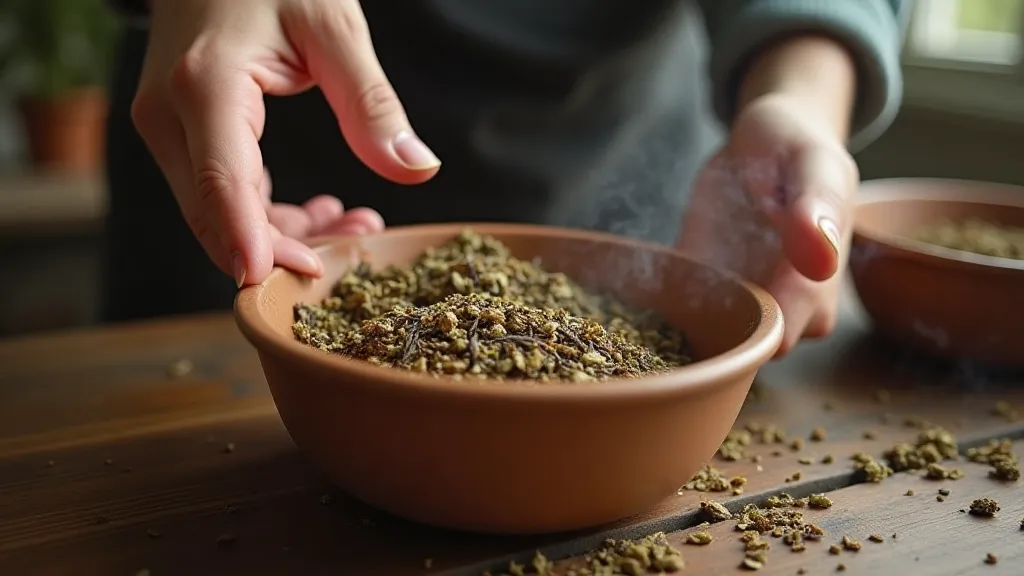
Presentation – Making it Gift-Worthy
The presentation is key to a memorable gift. Here are a few ideas:
- Choose Beautiful Packaging: Forget the grocery store tea bag! Use small tins, glass jars with cork stoppers, or even muslin bags with ribbon ties.
- Custom Labels: Create personalized labels with the name of the blend and a short description (e.g., "Relaxing Lavender Dream").
- Include Brewing Instructions: A small card with simple brewing instructions ensures your recipient can enjoy the blend to its full potential.
- Add a Little Extra: A small tea infuser, a honey stick, or a handwritten note adds a personal touch.
Consider the overall aesthetic you're aiming for. A rustic blend might be packaged in burlap, while a floral blend might be presented in a delicate porcelain jar.
Recipe Ideas to Get You Started
- Sunrise Citrus: 60% Green Tea, 30% Dried Orange Peel, 10% Ginger
- Cozy Fireside: 60% Black Tea, 30% Dried Apple Pieces, 10% Cinnamon
- Dreamland Lavender: 60% Rooibos, 30% Dried Lavender, 10% Chamomile
- Spiced Berry Bliss: 60% Rooibos, 30% Dried Raspberry, 10% Cardamom
Don't be afraid to be creative and experiment! The most rewarding tea blends are those that reflect your own personal touch. Happy blending!
